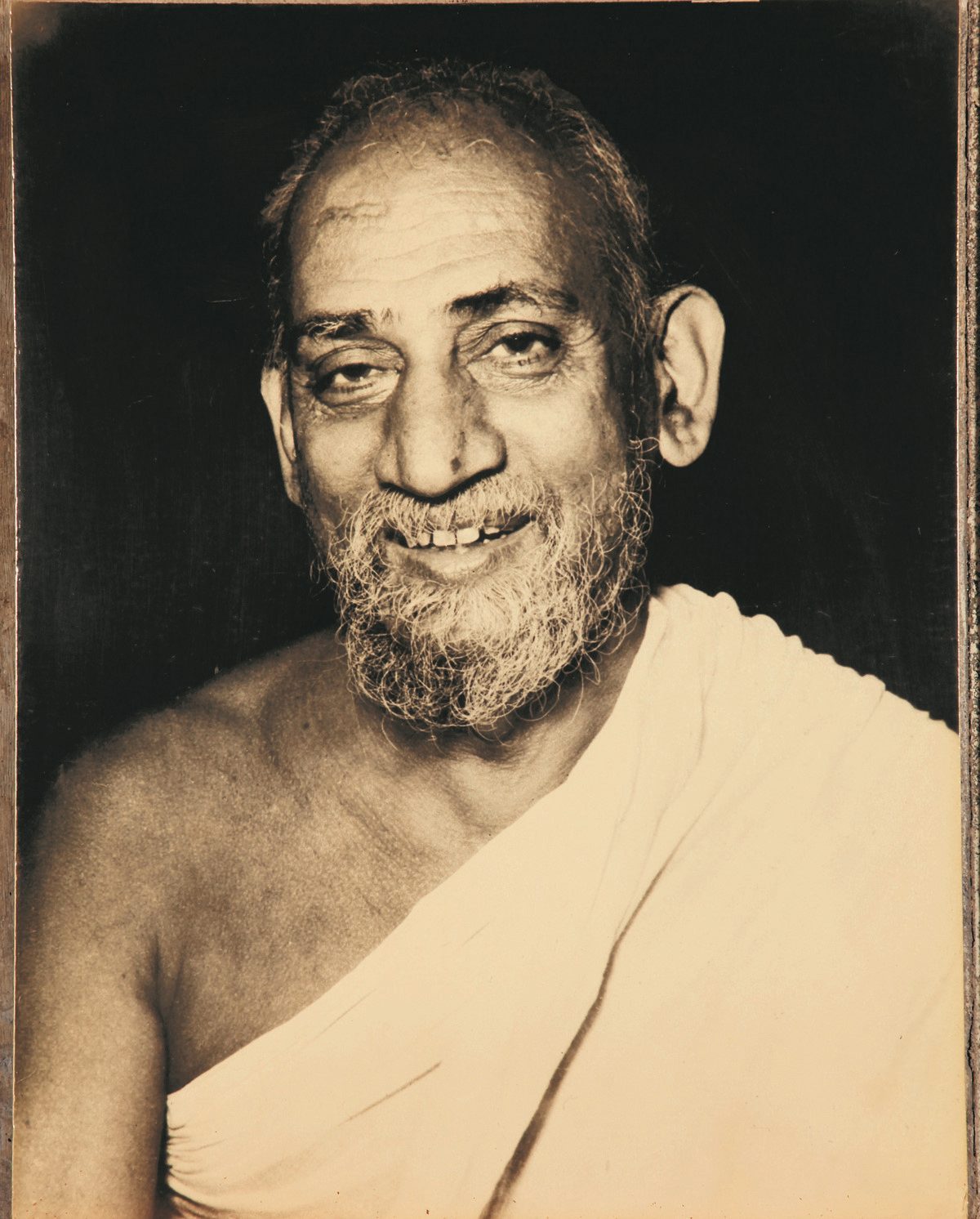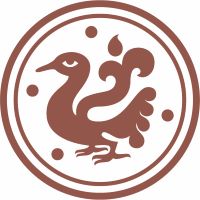
Muni Punyavijayji
Agamaprabhākara Muni Punyavijayaji (1895 – 1971) was born on October 27th, 1895, at Kapadavanj in North Gujarat. His birth name was Manilal, and he lost his father, Dahyabhai Doshi at the age of 14. Subsequently, his mother, Manekben, wished to renounce the worldly life. Young Manilal also expressed his desire to give up the worldly life and joined his mother. He became a disciple of Muni Chaturavijayaji, who initiated him into the monastic order at Chhani near Vadodara. Now he was known as Muni Punyavijayaji.
Muni Punyavijayaji continued with the old tradition of scholarly monasticism of his guru Muni Chaturavijayaji and his Dādā guru, Muni Kantivijayaji, who had dedicated themselves to the preservation and critical studies of the ancient manuscripts. He examined, organized and catalogued the manuscripts of the bhandāras at Limdi, Patan, Khambhat, Vadodara, Chhani, Bhavnagar, Palitana, Ahmedabad, and Jaisalmer. During this period many individuals offered their own small collection of manuscripts to him. It was this collection of ten thousand manuscripts that now forms the nucleus of the L.D. Institute of Indology. In 1917, his first book, the “Kaumudimitrānand Nātakam”, was published when he was only 22 years old. He edited scores of manuscripts and catalogued the manuscripts in the bhandāras at Jaisalmer, Khambhat and the L.D. Institute of Indology. Muniji had a great insight and a strong vision for the Western Indian Jaina style paintings, which is reflected in his pioneer publication “Jaislamer ni Chitra Samriddhi”, published in 1951.
For his scholarship, he was conferred with the title of Agamaprabhākara by the Śri Sangha at Vadodara in 1954. The Śrutiśilavaridhi was yet another honour conferred on him in 1971 by Āchārya Śri Vijayasamudrasuriji. He was invited to preside over the Prakrit and Pāli session of the 21st All India Oriental Conference held at Srinagar in 1961.
In 1950, Sheth Kasturbhai Lalbhai, the prestigious industrialist of Ahmedabad met Muniji in Jaisalmer, where he saw him working for the preservation of the bhandāras. He was deeply impressed by Muniji's magnificent personality. Once, Muniji happened to express his desire to Sheth Kasturbhai to establish an Indological Research Institute. Due to the close association of the two great patrons of Indian culture, the Lalbhai Dalpatbhai Institute was established in 1956.
About the Collection:
Initially, Muniji donated his personal collection of manuscripts and other artifacts to the Institute. It included several important illustrated and un-illustrated manuscripts, bronzes, cloth paintings, etc. This treasure of Indian art was displayed earlier in a hall of the Institute. Later on, the need for a separate museum building was felt for an aesthetic and evocative display of the collection, so that the educational value of the collection could reach the masses. The Museum in the separate building began to function in 1984. Since its inception the L.D. Institute of Indology as well as the L.D. Museum are aspiring to fulfil the vision of Muni Punyavijayaji and Sheth Kasturbhai Lalbhai.
Presently the collection is on display at the first floor of the LD Museum building. Gujarati Jaina style paintings are the highlight of this gallery. The collection was assembled by Muniji during 1940s which consists of palm leaf manuscripts, the earliest painted paper manuscript of the Shantinath Charitra dated V.S. 1453 (i.e.1396 A.D.) which is also recognized as a global treasure by UNESCO, many rare cosmological diagrams, Jaina-Sidhdha chakra yantra and other such distinctive artifacts.



